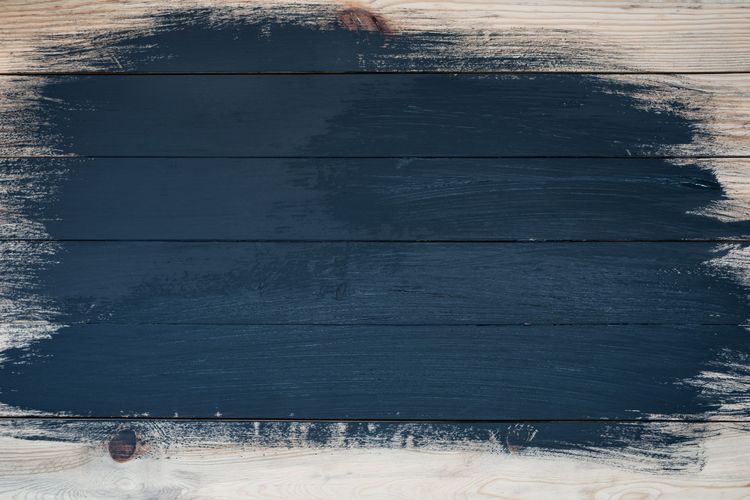Should you tile a wooden house?

Choosing a floor covering for a wooden house is a task that requires careful thought, especially when it comes to tiles. Wooden houses are known for their eco-friendliness, coziness and natural warmth, so it is important to preserve these qualities when choosing materials for finishing. Tile, with its durability and resistance to wear and tear, may seem ideal at first glance, especially for areas with high humidity, such as kitchens and bathrooms. But should it be installed in a wooden house, where the floor is a living structure that is subject to dimensional changes? In this article we will analyze the pros and cons of using tiles in such conditions, as well as give advice on proper installation, so that the result will please for years to come.
Benefits of tiles in a wooden house
Tile, despite its contrast to the natural warmth of wood, can be a great choice for certain areas in a wooden house due to a number of advantages that make it not only functional but also aesthetically pleasing.

One of the major pluses of tile is its moisture resistance. In wooden homes where humidity can vary from season to season, especially in kitchens, bathrooms or hallways, tile serves as the perfect defense against moisture intrusion. It does not absorb water and is not susceptible to rot, making it an indispensable covering for areas with high levels of moisture and the possibility of spills.
Another important advantage is durability and wear resistance. Tile is resistant to mechanical damage and can withstand high loads, which is especially important in areas with high traffic. Unlike wooden coverings, tiles do not scratch or abrade over time, which significantly extends its service life. This is especially valuable for entrance areas, where the floor is constantly exposed to shoe loads and possible ingress of dirt and sand.
In addition, the tiles are easy to maintain. It is easy to clean and resistant to various chemicals. This makes tile a great choice for areas that require frequent cleaning, such as the kitchen or bathroom. Stains, dirt and dust can be easily removed from its surface without leaving marks or damage. An important advantage is its compatibility with underfloor heating systems. In a wooden house, where comfort and coziness play an important role, tiles become especially useful when installing underfloor heating. It conducts heat well and retains it for a long time, creating a comfortable room temperature, especially in the cold season.
And, finally, tiles provide an opportunity for decorative solutions. Modern manufacturers offer a huge variety of designs, textures and colors of tiles, which allows you to harmoniously fit it into any interior style, even in a wooden house. Thanks to the tiles you can create interesting zoning, contrasting with the warm wood, emphasizing the style and originality of the house.
What you need to know before installing tiles in a wooden house
First of all, it is worth remembering the mobility of wooden structures. Wood is a living material that reacts to changes in humidity and temperature by expanding and contracting. This can be a problem when laying tiles, as they do not have such flexibility. To avoid tiles cracking or peeling, a stable and immobile substrate must be provided. This is usually done by using a leveling screed or special underlayments that level out the movement of the wood and create a flat surface for laying.

It is also important to ensure proper ventilation of the floor. Tile is impervious to air and moisture, which can be a problem for a wood subfloor if an adequate ventilation gap is not provided. Otherwise, moisture can build up under the tiles, causing the wood to rot. This is especially true for first floors, basements and damp areas such as bathrooms or kitchens.
The next important aspect is choosing the right materials for installation. For wooden houses, it is recommended to use elastic adhesives and grouts that can adapt to slight movements of the substrate. This will help prevent cracks and damage to the tiles. Special adhesive compositions for wooden bases contain additives that provide the necessary flexibility and strength of adhesion.
Do not forget about the need for waterproofing. Wood is subject to destruction when exposed to moisture, so before laying tiles it is especially important to protect the wooden base from water. For this purpose, a layer of waterproofing material is applied to the floor, which creates a barrier between the wood and the tiles. This is especially important for rooms with high humidity, such as bathrooms and kitchens.
Another thing to consider is the temperature and humidity fluctuations inside the house. In wooden houses, especially if they are used as summer houses or country houses, the temperature and humidity can vary significantly from season to season. This puts additional stress on the materials. Before installing tiles, it is important to make sure that the room will have a stable microclimate to avoid sudden changes that can damage both the tiles and the wooden base.
Finally, it's worth thinking about the proper layout of tile laying areas. In a wooden house, tiles are most often used in certain areas - in the kitchen, bathroom, hallway or around the fireplace. These areas need to be properly zoned so that the transition from tile to wood flooring looks organic and does not create technical difficulties. The use of decorative thresholds or expansion joints between tile and wood will help to ensure a smooth and secure transition between the different materials.



